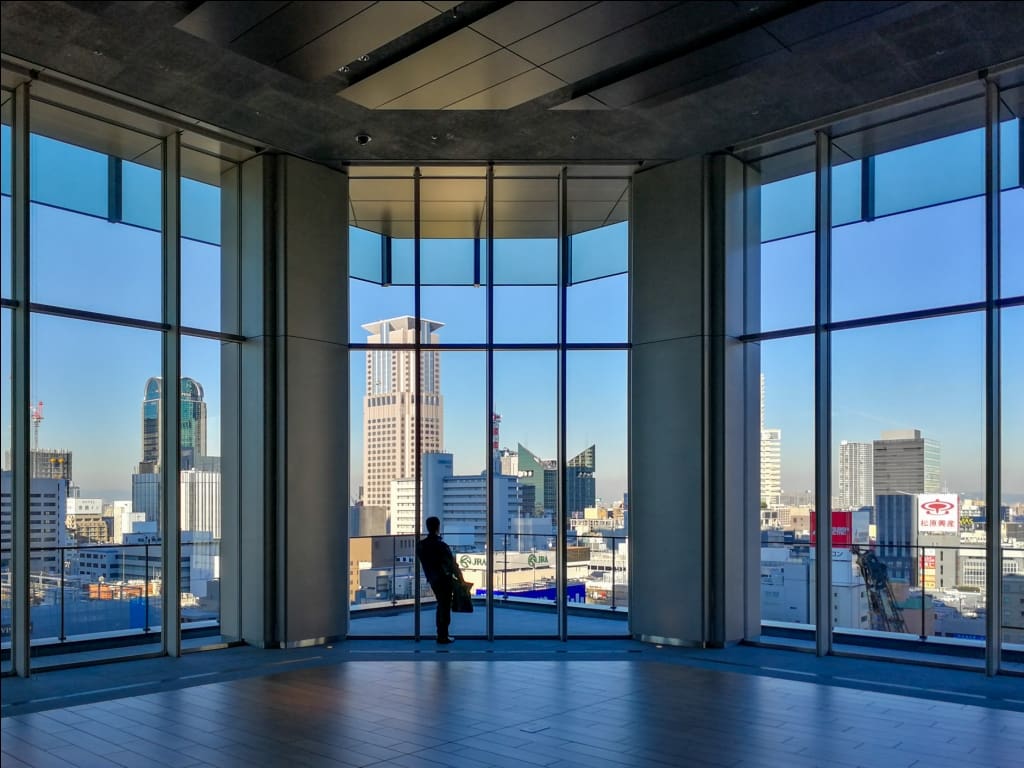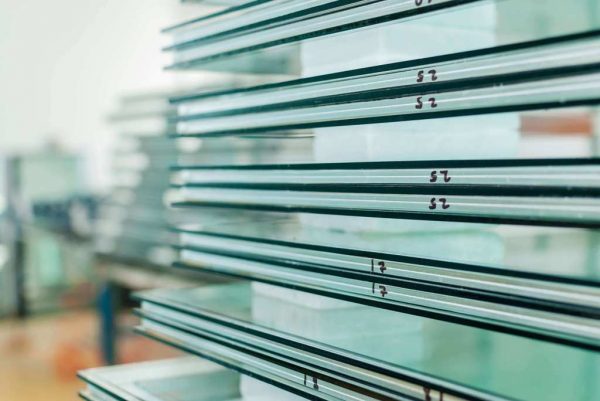Glass is a versatile material which is used in construction since ancient times. Nowadays glass is used extensively in façade, interior partitions, balustrades, railings for stairs and balconies, etc. Glass is extensively used in facades of high rise buildings, to make them look more attractive.
Up to the early 19th century, most glasses for windows were made from roundels, while during the 19th century it was done using the bottle method. Revolution in the glass industry started after the invention of float method for production of glass. Float glass is normal or ordinary glass which is now widely produced and used in daily life. Here we have given information on float glass, its properties and applications, which homeowners must know before buying glass for their houses.

Float glass is also known as flat glass or annealed glass is ordinary glass, which is produced from the factory. The name “float” is given to it due to the method of production of glass. Worldwide 90% of the glass is produced by floating method. According to the requirements float glass is processed to produce different types of glass.
The raw material used to make clear float glass is sand, soda ash, dolomite, limestone and salt cake. These materials are melted in a furnace, and upon mixing they form molten glass. This molten glass is passed from the bed of molten tin. Tin is the only metal which remains stable in a liquid state at 600 0C, which is the temperature of the molten glass. As glass has less weight as compared to tin, it floats above the tin. The floating molten glass is then passed through the temperature-controlled kiln (annealing lehr) for cooling the glass. In annealing lehr, glass cools gradually and comes out with uniform thickness and flat surface. According to the requirement, the glass is cut and transported.
Float glass has transparent, flat and smooth surface. It has a natural greenish hue or colour. It transmits 87% of the light which is incident on it. It can be coated with different metal oxides to produce tinted glass. It can withstand the effect of the chemical reaction under different environmental conditions or acidic effects. Float glass comes with less or no optimal distortion and provides a clear view, unlike sheet glass.
Size & Thickness:
- Available in thicknesses from 2 mm to 19 mm
- Width – 715 mm to 3660 mm.
- Length – 914 mm to 6100mm.

Precautions:
- Float glass can break due to excessive thermal stresses. Thermal breakage occurs due to uneven heating of glass. The uneven heating can be caused by solar irradiance or other heat sources.
- For high rise buildings float glass should not be used in exteriors as it may break due to high wind loads. For such cases toughened glass should be used.
Applications:
- Float glass is the most commonly used in glass windows. It is sometimes also called window glass.
- Clear float glasses are highly popular in the construction of architectural exteriors and interiors of the building.
- It has wide application in residential structures. Float glass is used in doors, windows, tabletops, stairs, bottles, glass partitions, furniture articles, etc.

Courtesy – Php family

- Float glass is also used in commercial structures in the form of facades and glazing to provide better aesthetics.
- It can be processed to produce various glasses such as laminated glass, toughened glass, insulated glass units, mirrors, etc.
- High-performance glass such low e glass can be made from float glass by coating it with metal oxides.
- It is used in automobiles, electronic machines, medical equipments, optical instruments, etc.
There are many popular float glass manufacturing companies, which produce glass in varied thickness depending upon the application and usage. The popular manufacturers of float glass in India are:



Also Read:
Uses & Benefits of Glass
Most Popular Float Glass Manufacturing Companies
Different Types of Glass Treatments
Different Types of Glass Based on Principal Constituents




